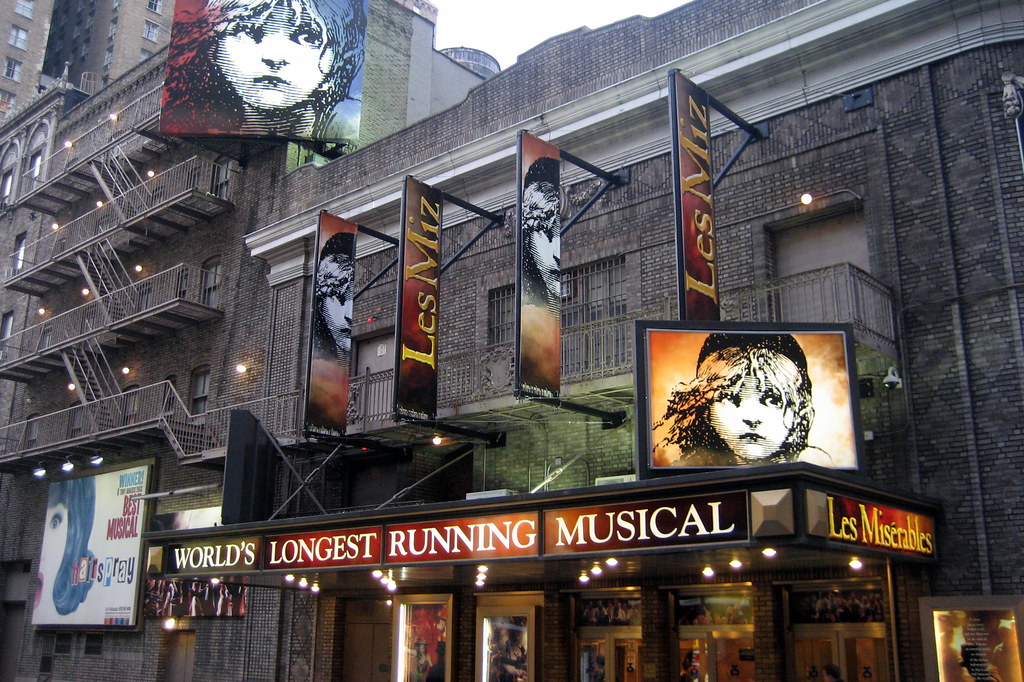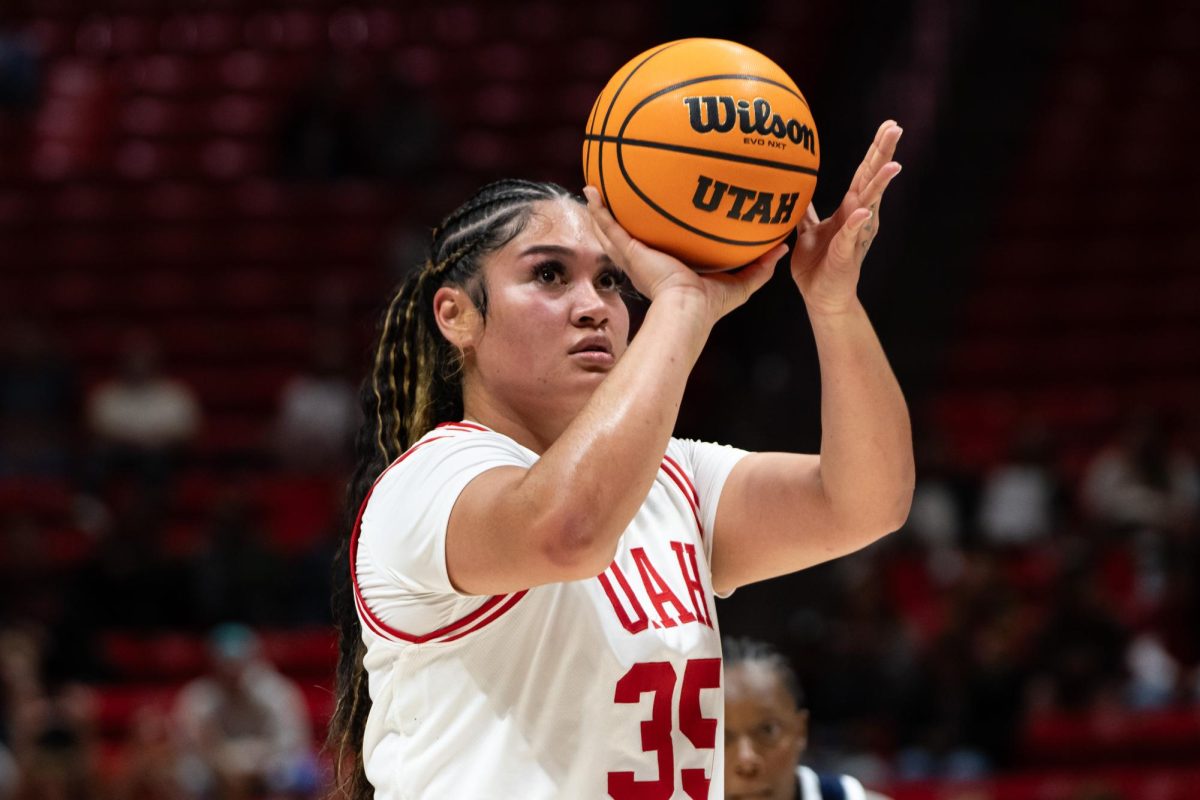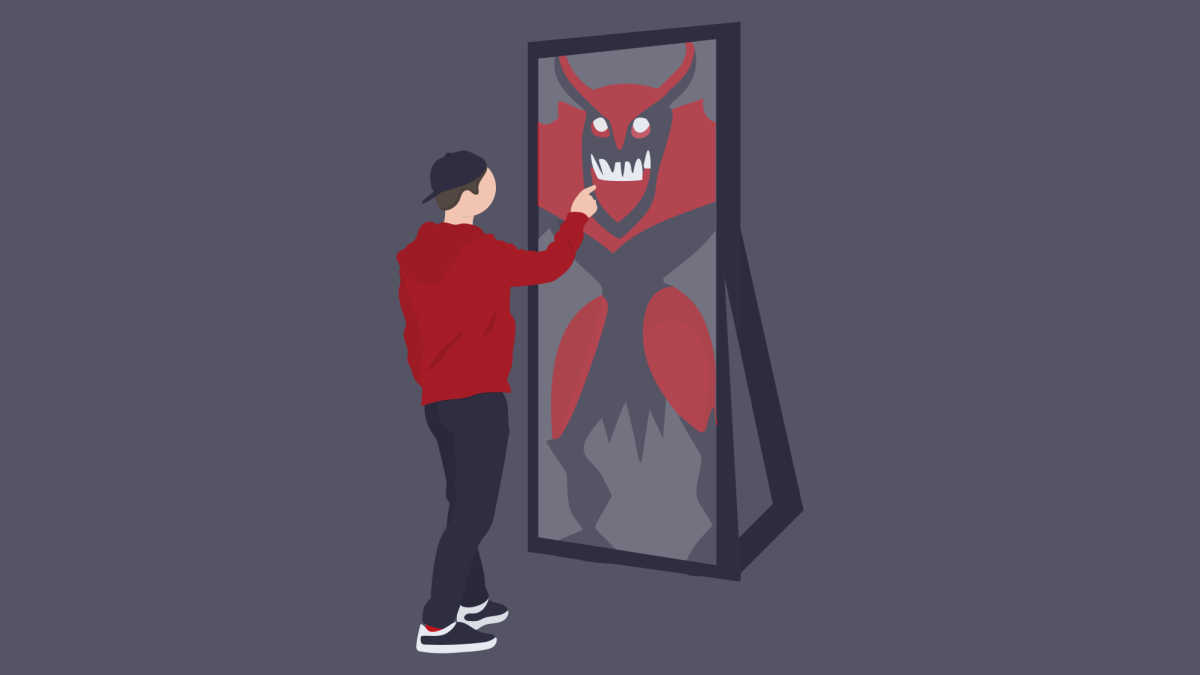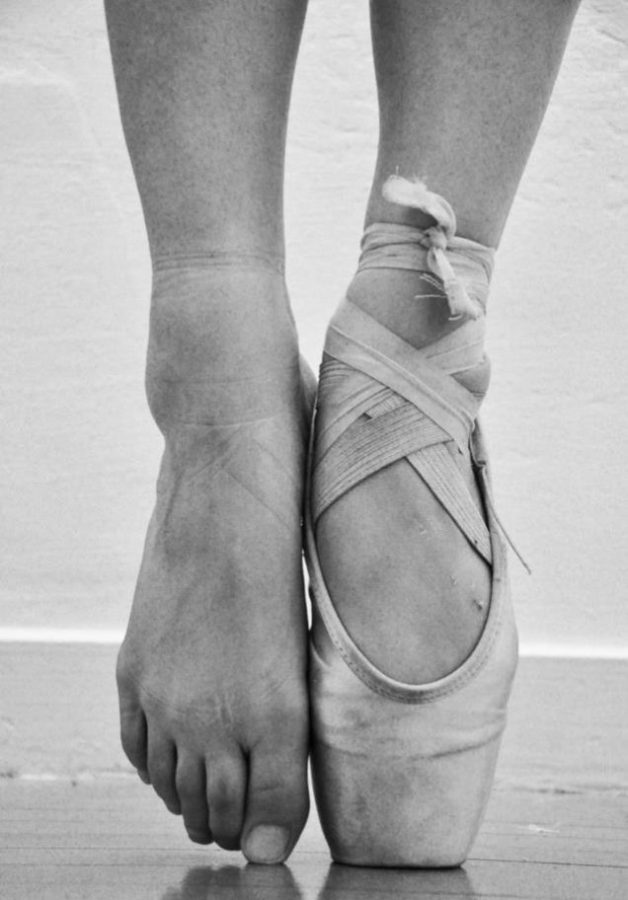Sports like football and basketball and even gymnastics are recognized for how hard the athletes train. They are seen as devoted, hardworking and physically impressive. There is no denying that high-level sports are difficult and require a lot of training, but there is an overlooked art that could rival them in sheer intensity: ballet. Ballet dancers make what they do look easy. In reality, ballet is everything but. I sat down with Tori Holmes, a current ballet student at the University of Utah, to reveal the true difficulty of ballet.
When you ask a dancer how long they have been dancing, answers like Holmes’ (she’s been dancing since she was three) are the norm. Most pre-professional ballet dancers have been dancing and training their entire life, dancing many hours a week. During summer vacation dancers don’t stop. They go to summer intensives where all they do is dance. These programs are hosted by some of the best ballet companies in the country but don’t be fooled. They are no summer camp. Summer intensives are meant to prepare dancers for a career in dance all before they’ve even finished high school.
Dancers generally either choose to audition for companies at 18 or go to college for dance. At the age of 18, you are already considered old, meaning the next choice could decide your career before it begins.
For those girls that do choose to train in college, there are only a few colleges from which to choose. The top three in the nation are Indiana University Bloomington, Butler University and the University of Utah. The U has an internationally known ballet program, though most students don’t know about it or how the program works.
Holmes’ first class of the day is at 8 a.m. Depending on the student it can be a variety of classes, but it is always a dance class of some sort. Then there is the daily two-hour ballet technique class at 9:40 a.m. Ballet technique is something that always must be maintained. Missing technique class is like not showing up for practice. This two-hour class provides foundational skills students use in other areas in the program.
Ballet builds muscles that normal people never develop. Ballet dancers have incredible articulation control, but it is all dependent on the core. Holmes considers her core everything from her shoulders to her hips. Though this might not be the anatomical core, that area of the body is the core of ballet. How a dancer holds their shoulders affects their hips which in turn affects their legs; if the base is wrong the rest will be too. Technique class is where dancers build and maintain their balletic core because you cannot dance without it.
Along with technique class, Holmes takes pointe class three days a week, choreography three days a week, fits academic work in between and then can have rehearsals from 3–6:30 p.m. depending on castings. Eight in the morning to six at night are long days, but Holmes is happy to have classes outside ballet. “It is nice to sit in my Russian lit class and be away from dance for a little bit.”
Pointe class is where female dancers hone their skills in pointe shoes — those insane looking shoes that allow them to stand on their toes. These pointe shoes have a short life span. Depending on the brand, pointe shoes can last anywhere from a week to just over a month. Holmes says she goes through shoes every few weeks, then must buy a new pair. The shoes are not cheap, nor does the university pay for them. A new pair of shoes for Holmes is around $85, which includes the shoes, ribbons and elastic. Other brands are more expensive but can last about two months.
With all this hard work, the body takes a beating. To help combat this, Holmes carries a massage stick, lacrosse ball, spike balls and plenty of water to keep help her body recover. Recovery is key in ballet, if a dancer does not take care of their body they will not have a long career. Holmes says after a hard day she will roll out her muscles, take a long hot shower and ice.
There is a common myth that dancers don’t eat. This is a myth that does not hold up. Dancers do eat, but it looks a little different than the normal three meals a day. Holmes has breakfast around seven in the morning, then lives on snacks for most of the day by grabbing grapes or energy bars between classes. As part of recovery at the end of the day, she’ll have a high protein dinner to prepare for the next day.
Even with all the effort to take care of the body, dancers do get injured. “Everyone [in the department] is some degree of injured,” Holmes explains. The difference between being sore and being hurt is very small. Each dancer must be in constant communication with their body. When injuries do occur, the dancers have some help. The ballet students have access to the same physical therapy clinic as the student-athletes.
Ballet might not be viewed as a traditional sport, but it should not be underestimated. Ballet is hard and requires a lifetime of dedicated training. The life of a dancer is not an easy one, but it is possible. The U has one of the best programs for ballet in the country. Hopefully, now the curtain has been drawn back on exactly what these incredible students do.













Irie • Feb 10, 2020 at 10:59 pm
Do you know how many calories one Burns from a 2 hour technique class and an hour pointe class?
Zoe Mowbray • Feb 28, 2022 at 8:07 pm
Even as a ballet dancer I don’t know , but would say quite a lot because we work incredibly hard. ballet is well and truly over looked.
chanky • Mar 1, 2019 at 1:34 pm
love it. story of my life
Paddy Eger • Mar 11, 2017 at 3:16 pm
Great article and a tribute to all dancers who follow a similar course through life to reach their goals. Thank you for bringing their challenges and commitment to your audience.
As an author of a ballet trilogy, it is also gratifying to know my stories are surrounded by the truth about dancer’s lives as you’ve explored in this article. #ballet #balletbooktrilogy